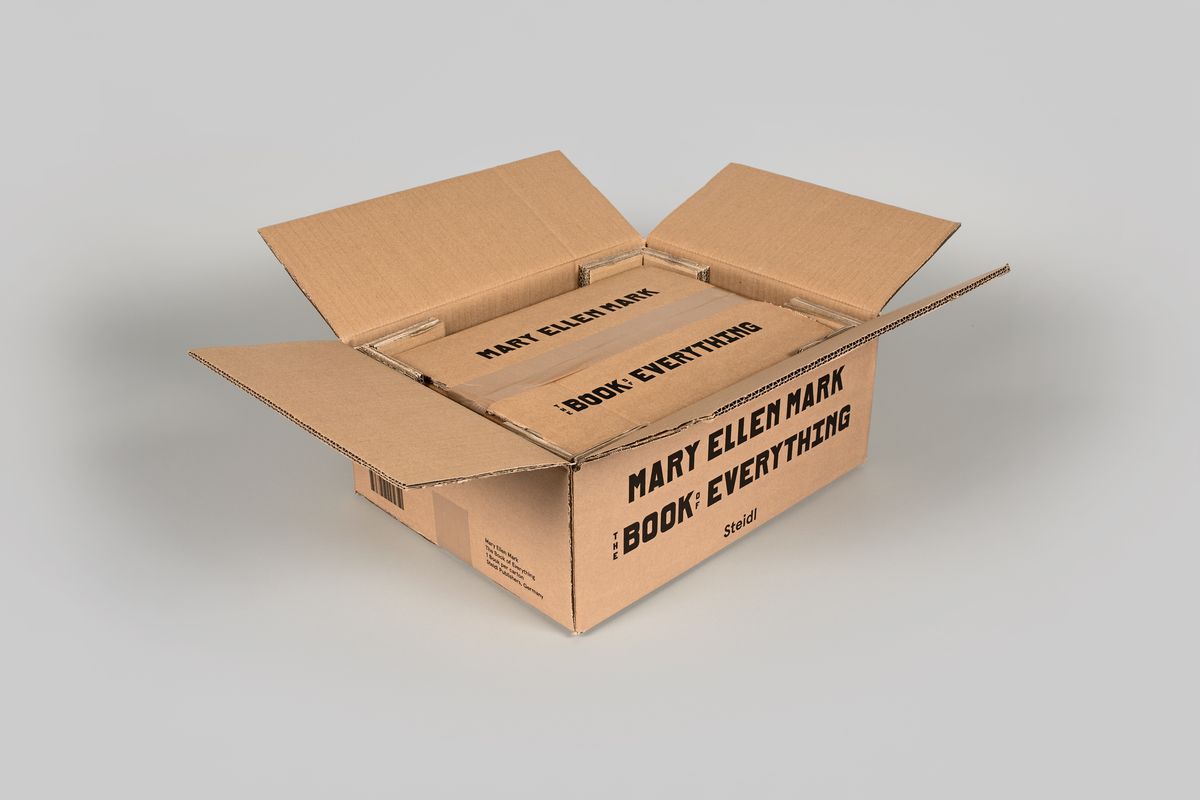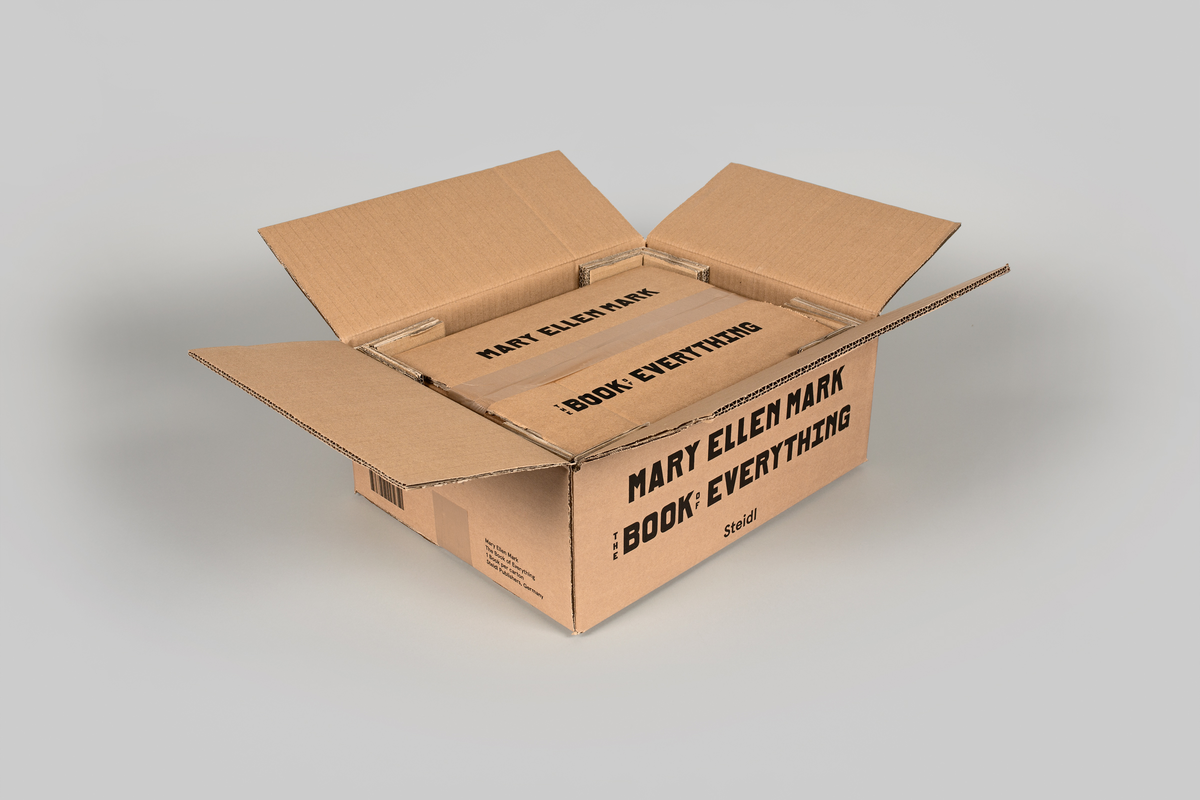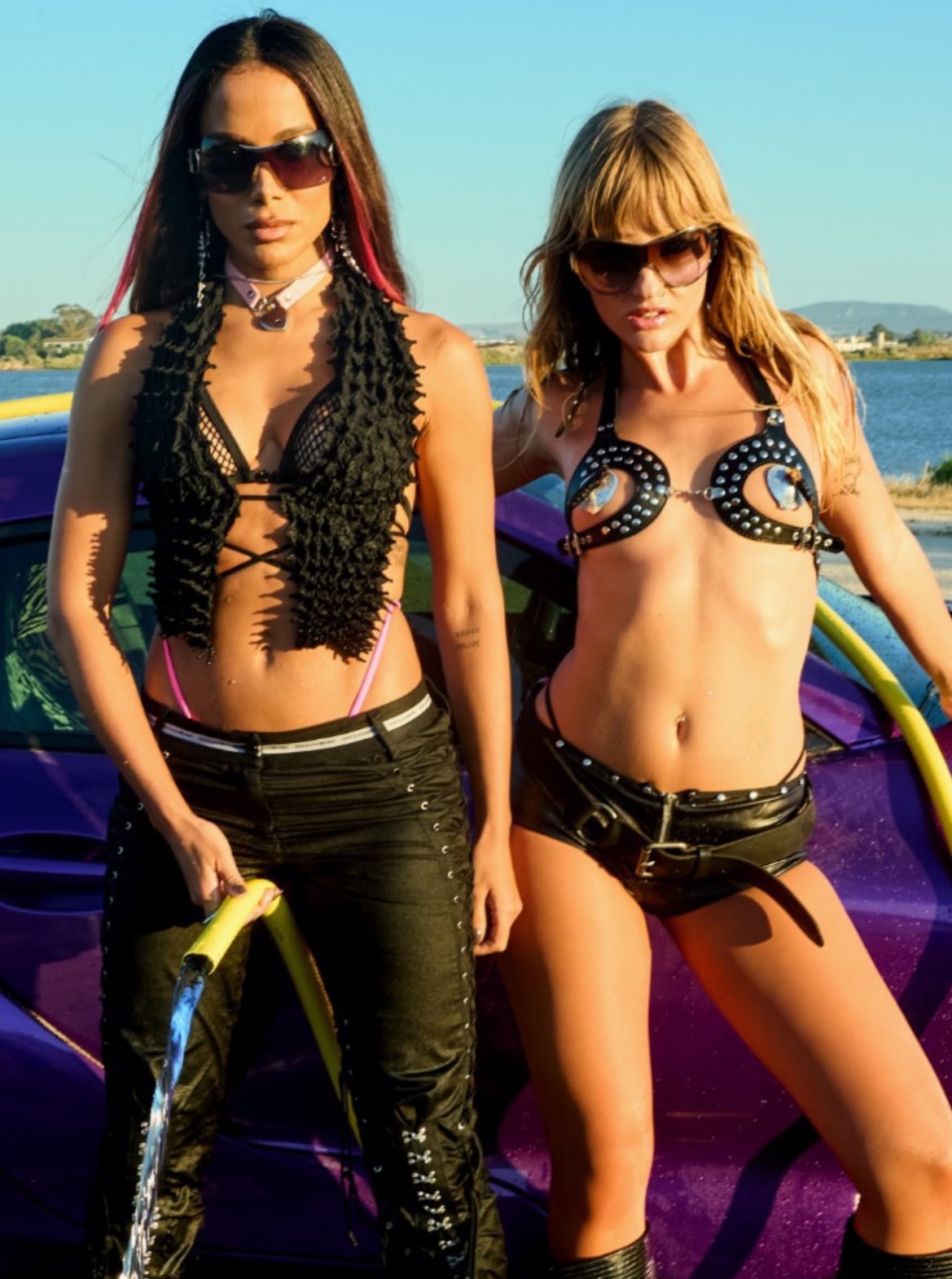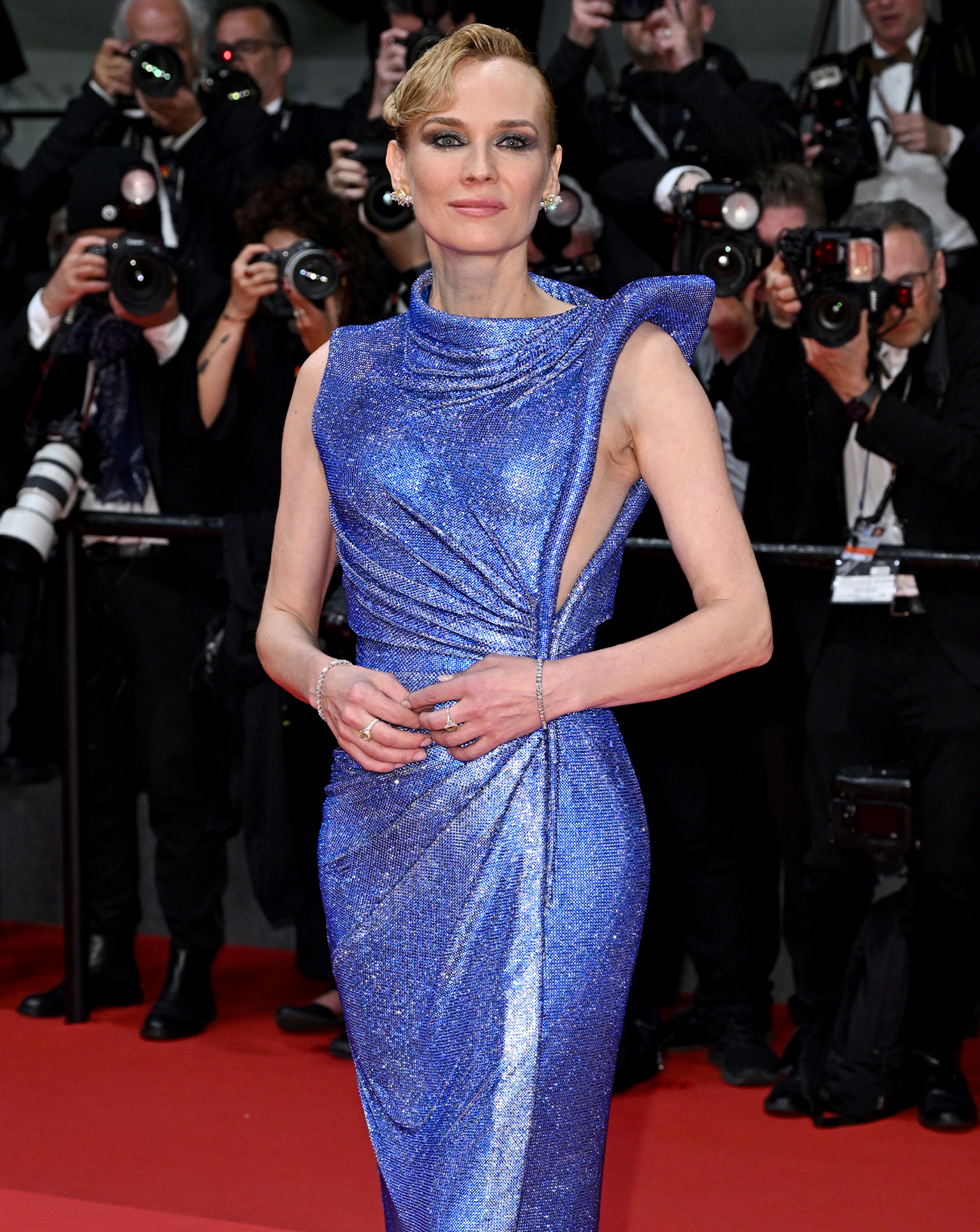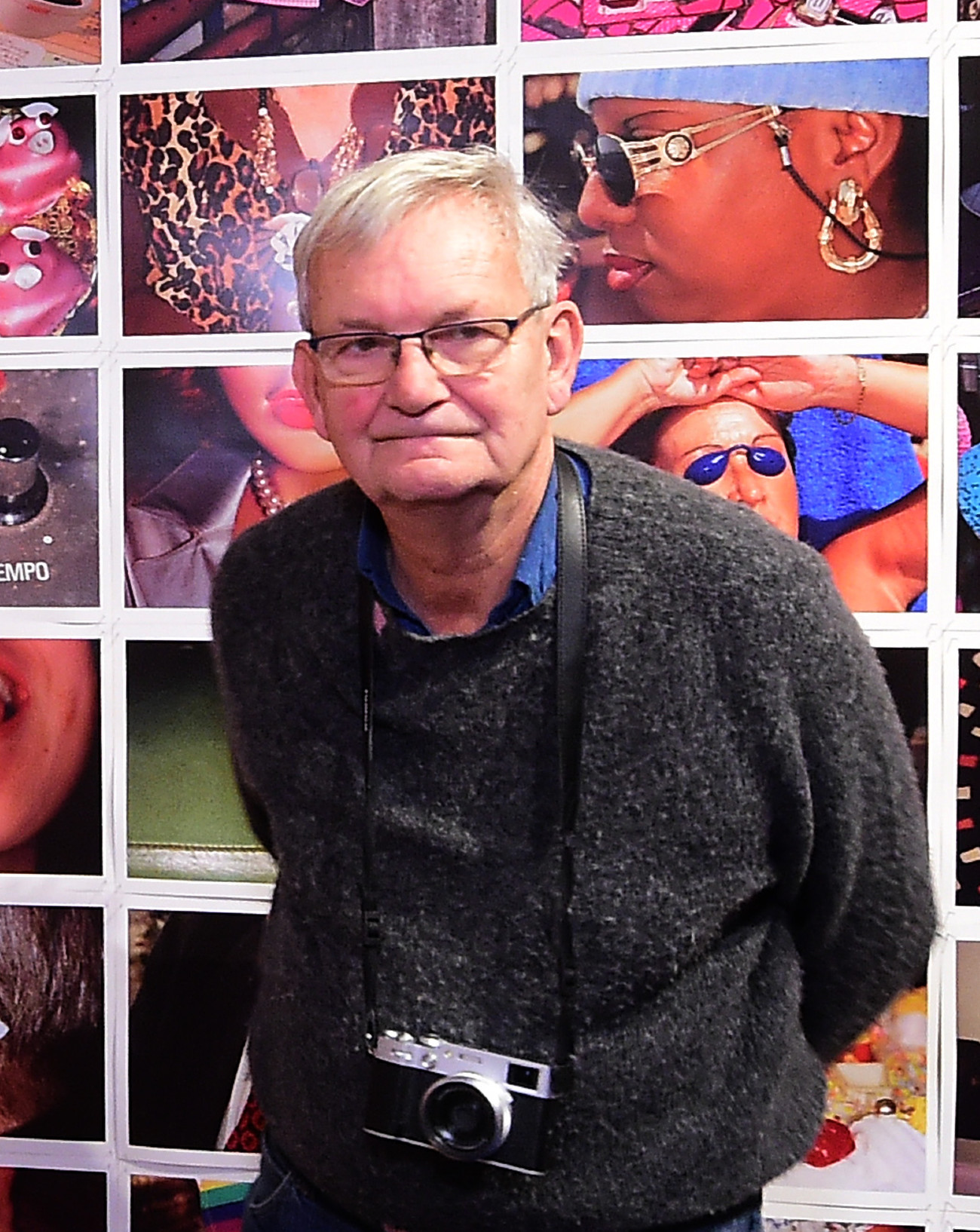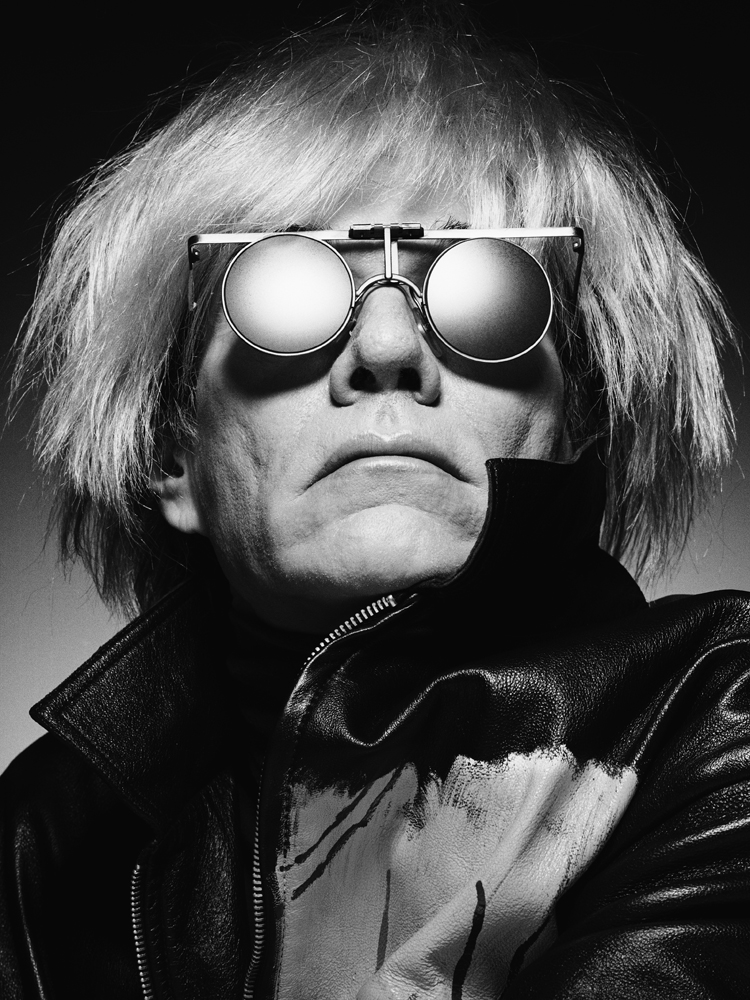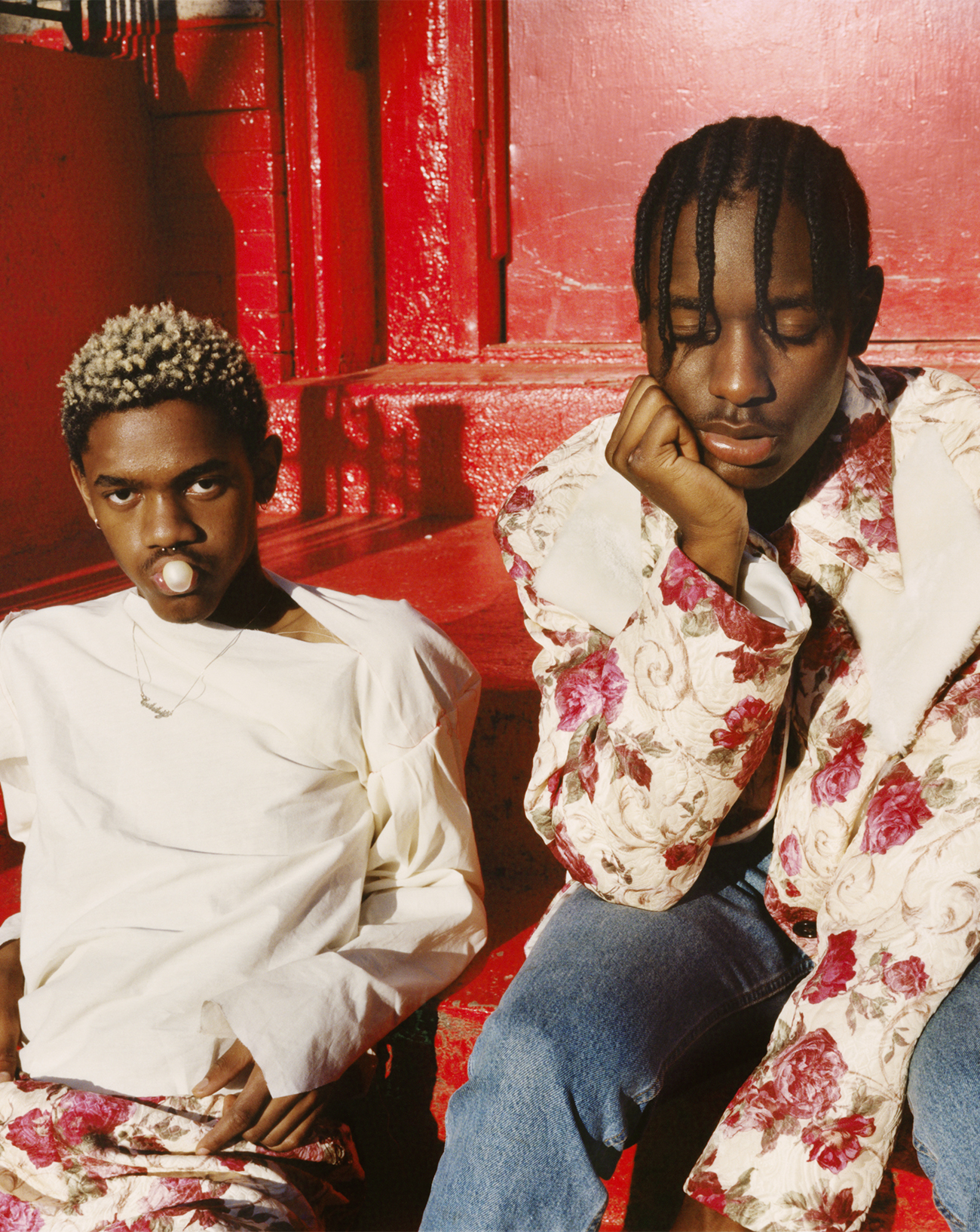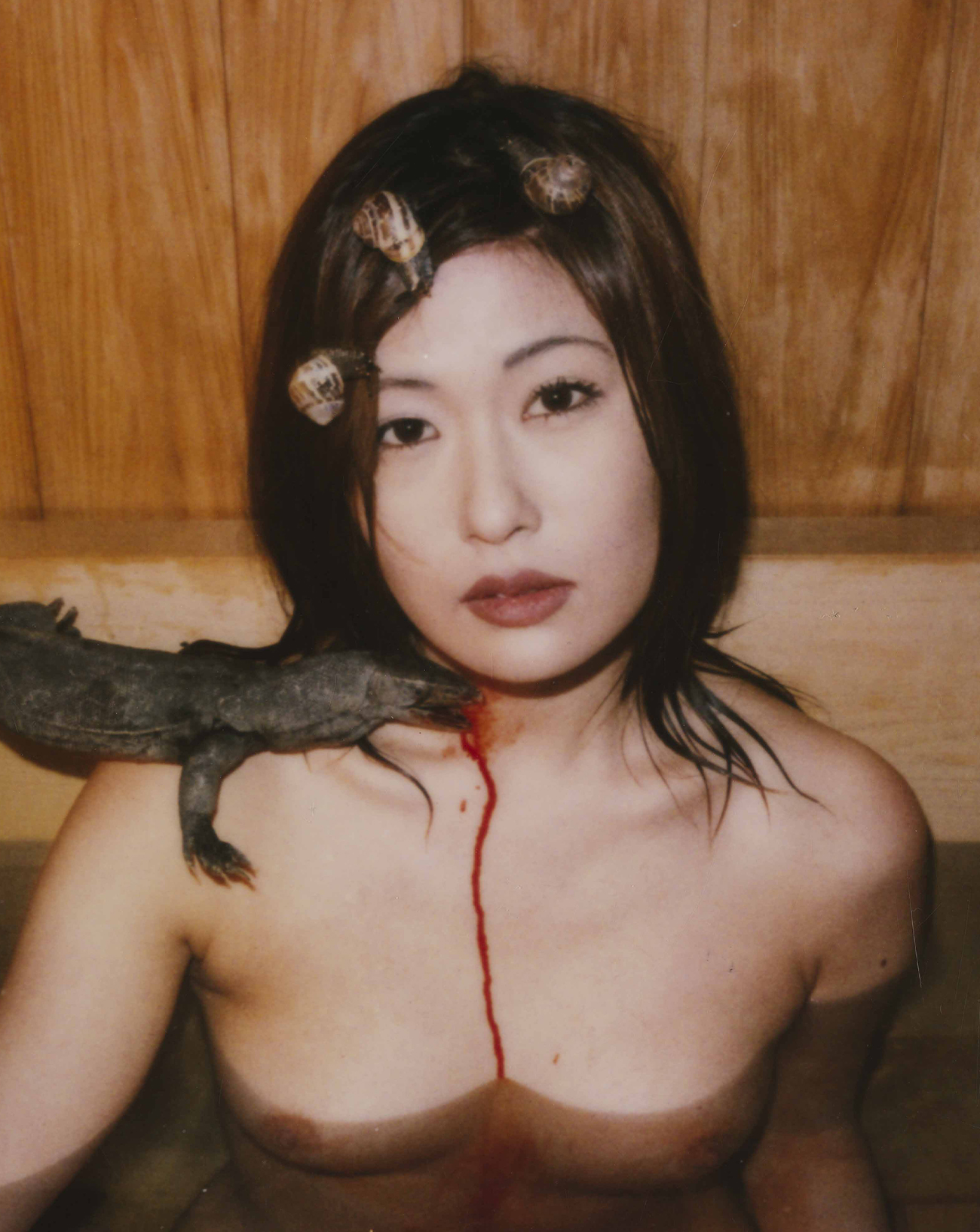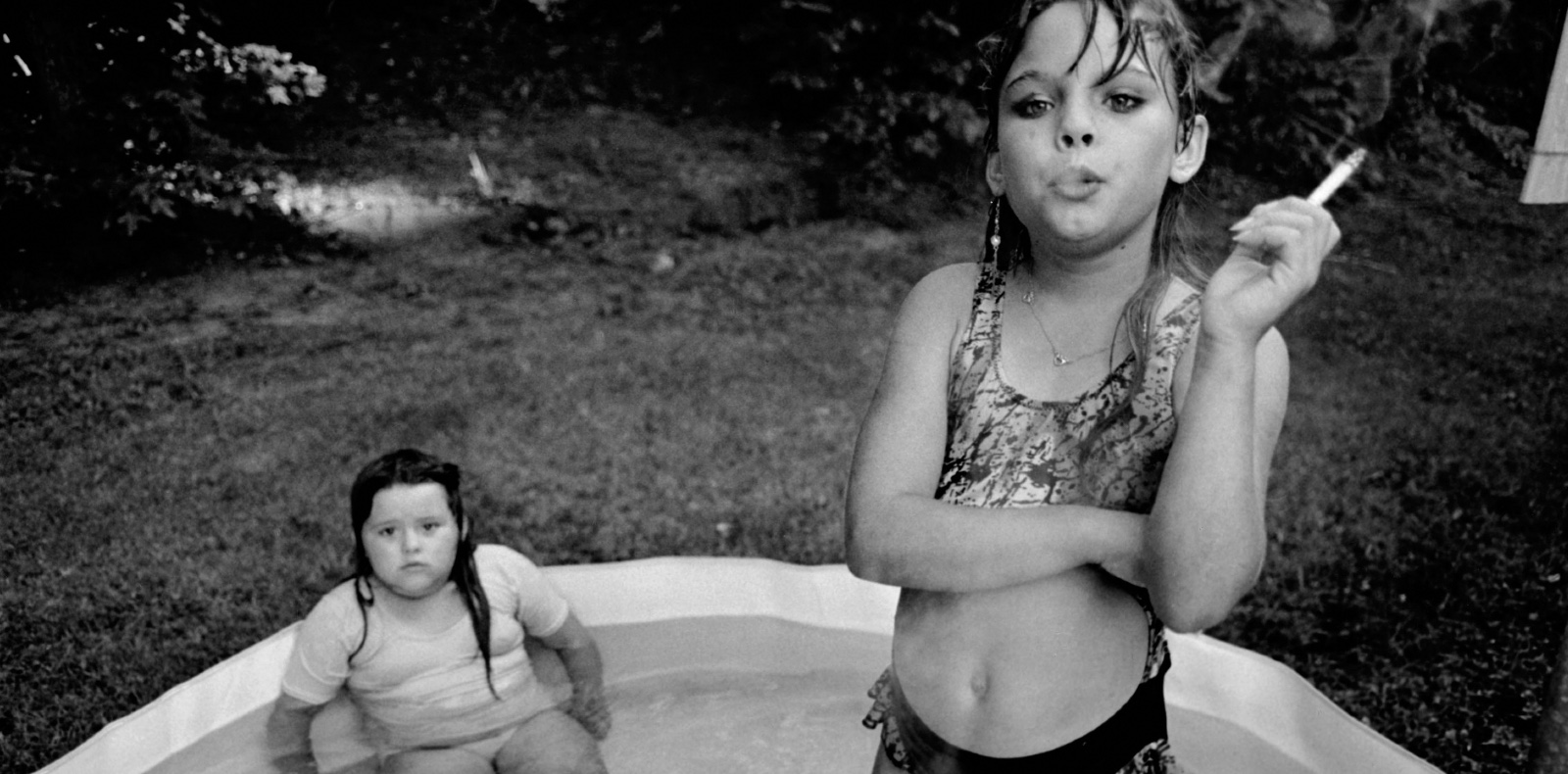
2
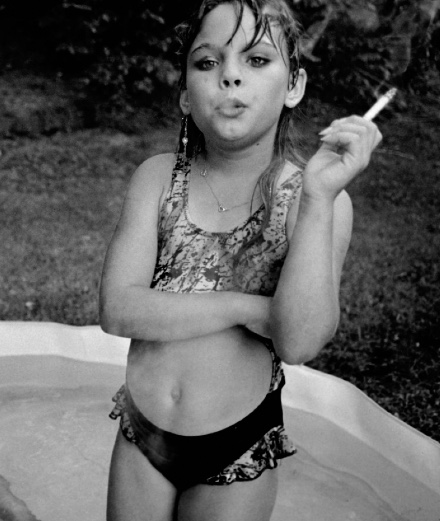
2
Photojournalist Mary Ellen Mark in 5 cult images
Steidl publishers are dedicating a very beautiful book to the American journalist Mary Ellen Mark (1940-2015), who worked for years with the prestigious Magnum agency, probing the darkest corners of society, from the bedrooms of prostitutes in Bombay to the meetings of the Ku Klux Klan and the film set of “Apocalypse Now”. Six hundred of her best shots can now be found in “The Book of Everything”, edited by the photographer’s own husband. Raw, often provocative Numéro tells the story behind the images.
By Alexis Thibault.
Published on 2 December 2020. Updated on 20 June 2024.
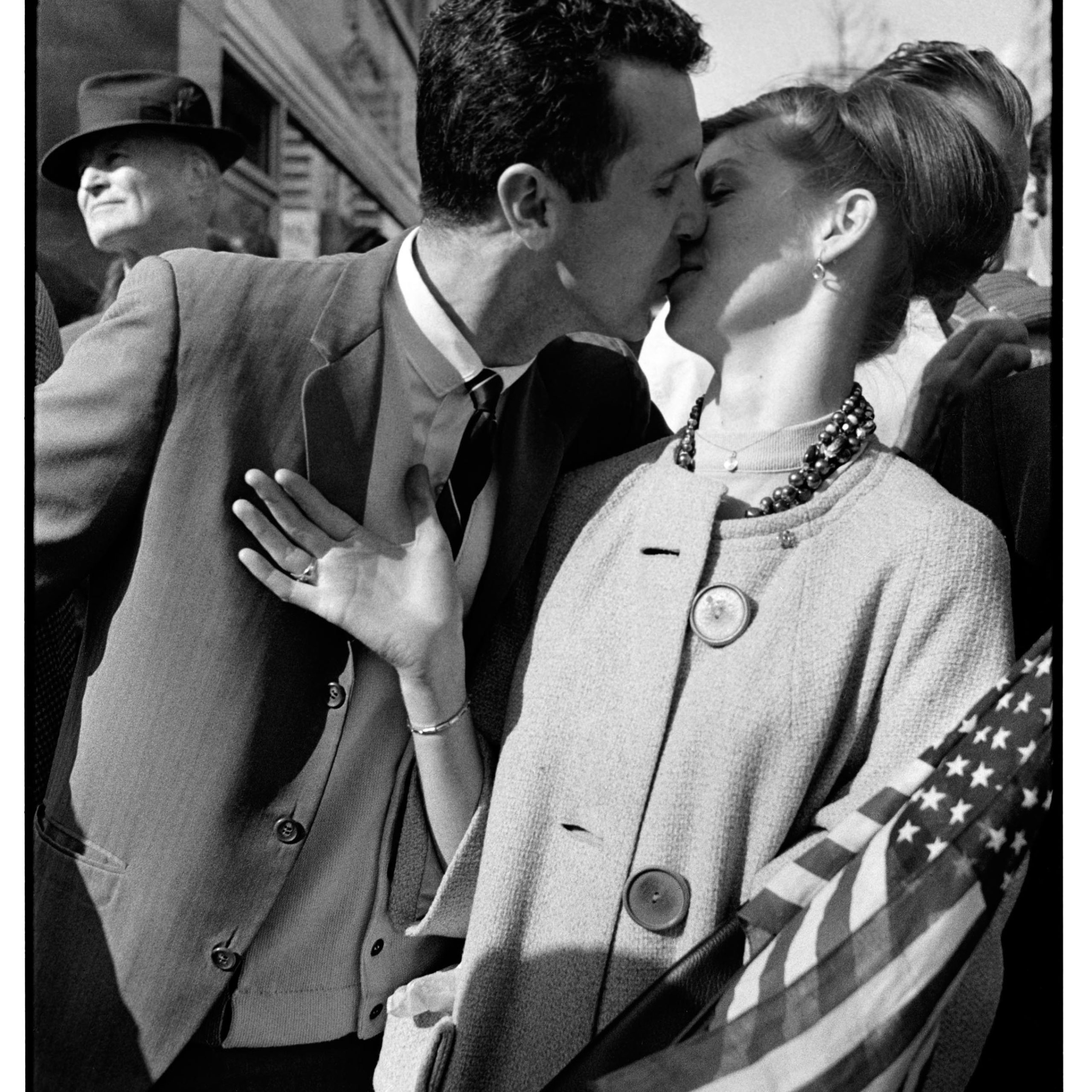
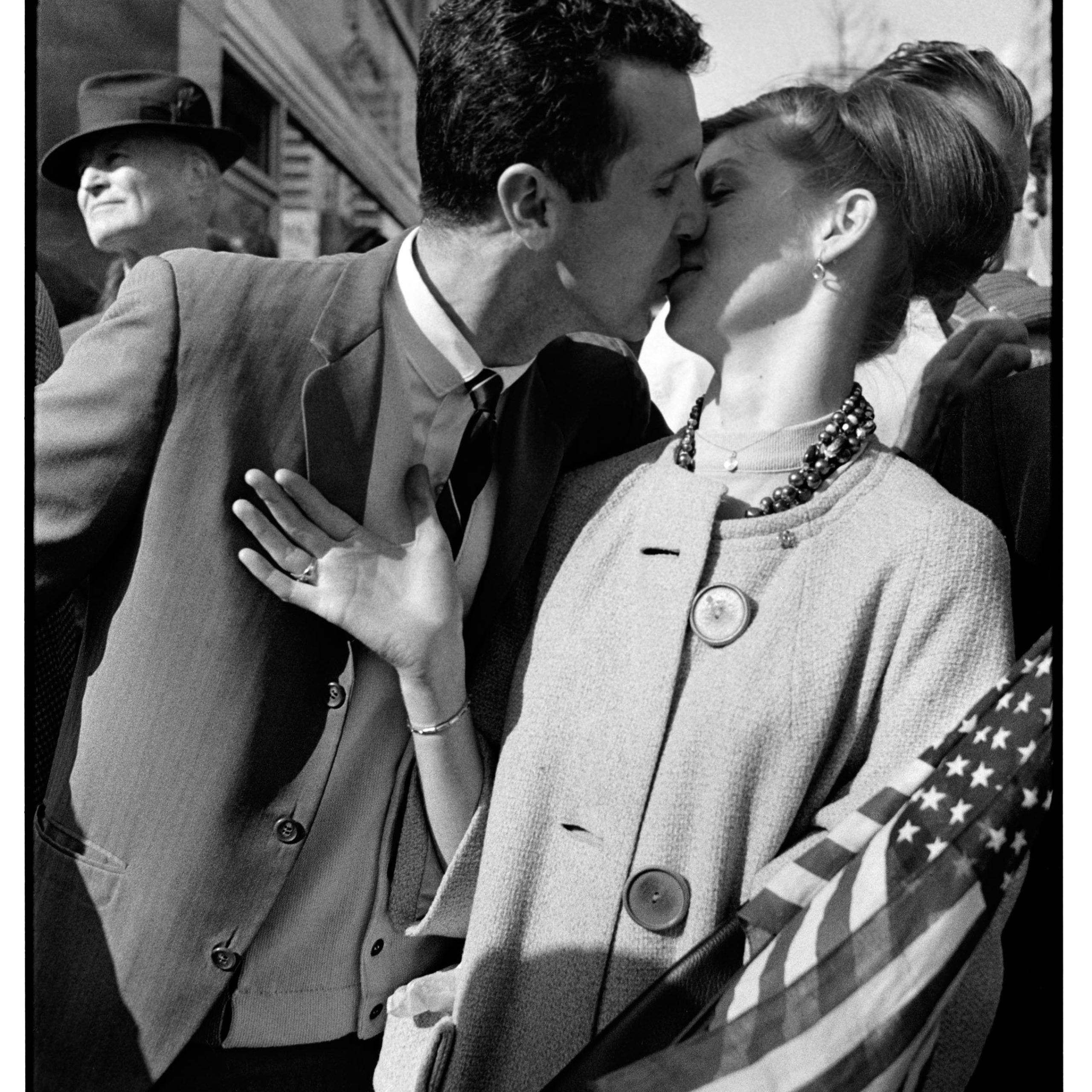
Some say that Mary Ellen Mark is the worthy successor of the American photographer Dorothea Lange. With one major difference, the Philadelphian native never threw herself into war photography, avoiding the bombs and instead documenting the equally grim reality of drug addicts on the streets of America, the terrible meetings of the Ku Klux Klan – yet paradoxically capturing an astonishing tenderness of certain members – and revealing the harrowing daily existence of Bombay prostitutes, occasionally photographed mid-coitus…
Born in 1940 in Philadelphia, Mary Ellen Mark won a scholarship to study art and photography at the University of Pennsylvania, and then travelled the world before packing her bags for New York. Pictures were in her blood. She was nine years old when she took her first image. In 1977, she joined the famous Magnum agency and was accoladed with numerous distinctions throughout her life, including the Infinity Award for photojournalism in 1997. Passionate about cinema, this woman with her hippie allure often visited film sets, invited by Truffaut, Fellini and Coppola: she notably took a sumptuous portrait of Marlon Brandon as Walter E. Kurtz, the bloodthirsty colonel in the film Apocalypse Now [1979]. While Steidl have collected nearly 600 pictures of Mary Ellen Mark in “The Book of Everything”, we’re focusing on just five cult images by the photographer.
1. A kissing couple and a US flag.
In October 1968, Mary Ellen Mark joined the crowds on the streets of New York during a demonstration supporting the Vietnam War. On that day, nearly 25,000 people took to the streets, still seeing the conflict as a just and necessary cause. However, the year 1968 was a key moment in the reversal of public opinion: until then, most of the American audio-visual media were in favour of the war. This was particularly so for Life magazine, Mary Ellen Mark’s main employer, which later changed its stance. The kiss immortalised by the photographer echoes the image V-J Day in Times Square, captured by photographer Alfred Eisenstaedt on August 14th 1945, during the celebrations marking the end of the Second World War.
Some say that Mary Ellen Mark is the worthy successor of the American photographer Dorothea Lange. With one major difference, the Philadelphian native never threw herself into war photography, avoiding the bombs and instead documenting the equally grim reality of drug addicts on the streets of America, the terrible meetings of the Ku Klux Klan – yet paradoxically capturing an astonishing tenderness of certain members – and revealing the harrowing daily existence of Bombay prostitutes, occasionally photographed mid-coitus…
Born in 1940 in Philadelphia, Mary Ellen Mark won a scholarship to study art and photography at the University of Pennsylvania, and then travelled the world before packing her bags for New York. Pictures were in her blood. She was nine years old when she took her first image. In 1977, she joined the famous Magnum agency and was accoladed with numerous distinctions throughout her life, including the Infinity Award for photojournalism in 1997. Passionate about cinema, this woman with her hippie allure often visited film sets, invited by Truffaut, Fellini and Coppola: she notably took a sumptuous portrait of Marlon Brandon as Walter E. Kurtz, the bloodthirsty colonel in the film Apocalypse Now [1979]. While Steidl have collected nearly 600 pictures of Mary Ellen Mark in “The Book of Everything”, we’re focusing on just five cult images by the photographer.
1. A kissing couple and a US flag.
In October 1968, Mary Ellen Mark joined the crowds on the streets of New York during a demonstration supporting the Vietnam War. On that day, nearly 25,000 people took to the streets, still seeing the conflict as a just and necessary cause. However, the year 1968 was a key moment in the reversal of public opinion: until then, most of the American audio-visual media were in favour of the war. This was particularly so for Life magazine, Mary Ellen Mark’s main employer, which later changed its stance. The kiss immortalised by the photographer echoes the image V-J Day in Times Square, captured by photographer Alfred Eisenstaedt on August 14th 1945, during the celebrations marking the end of the Second World War.
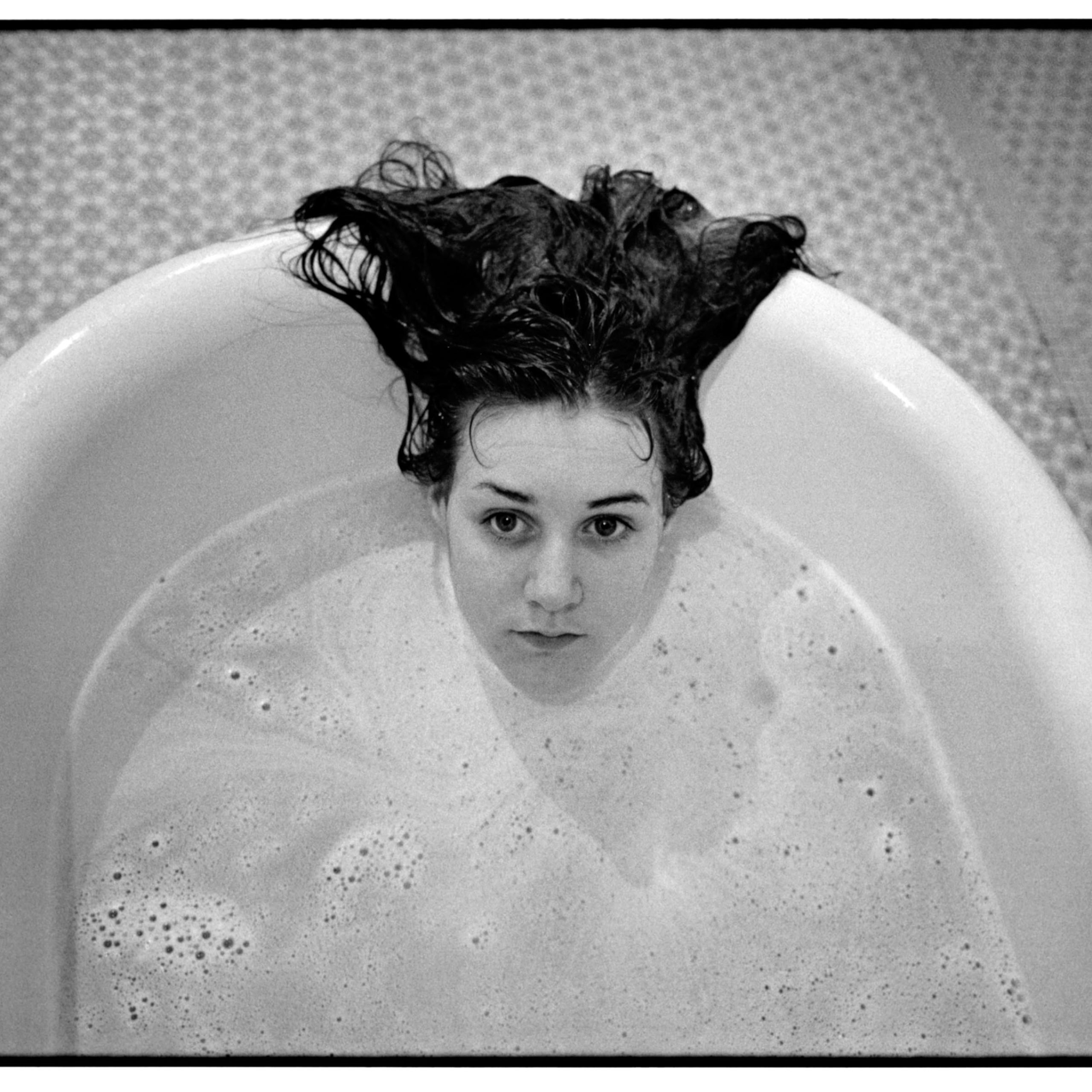
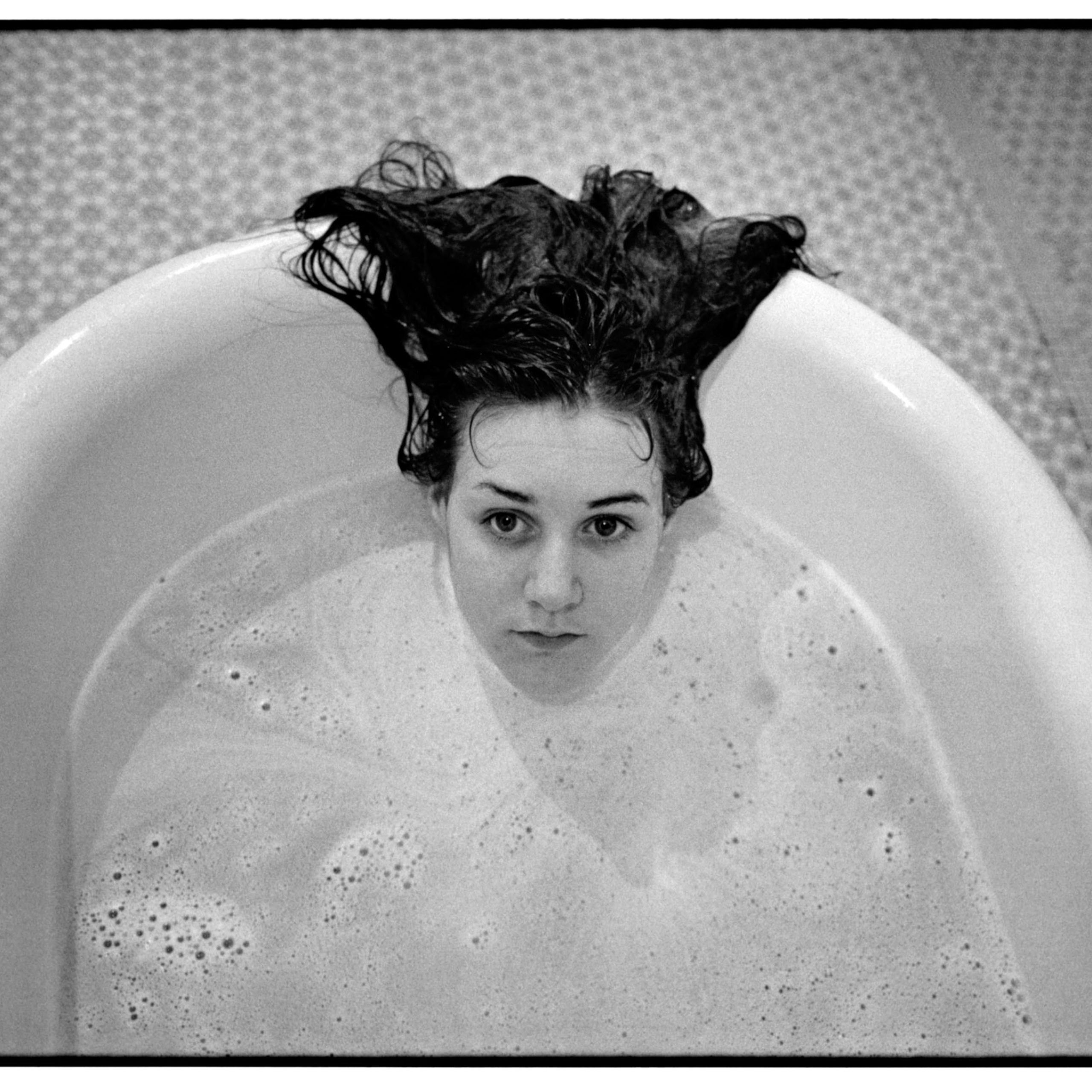
2. Laurie in the bathtub.
In 1976 Mary Ellen Mark went to live at the Salem State Hospital in Salem, Oregon for two months for a news story. She moved into the secure ward where she immortalised the anguish of the female inmates, including Laurie’s face, piercing the surface of a bubble bath. Later, the photographer gathered all her images in Ward 81 together [1979]. The hospital was recognised by movie-goers because a year earlier it had been the backdrop for Miloš Forman’s film One Flew over the Cuckoo’s Nest [1975].
2. Laurie in the bathtub.
In 1976 Mary Ellen Mark went to live at the Salem State Hospital in Salem, Oregon for two months for a news story. She moved into the secure ward where she immortalised the anguish of the female inmates, including Laurie’s face, piercing the surface of a bubble bath. Later, the photographer gathered all her images in Ward 81 together [1979]. The hospital was recognised by movie-goers because a year earlier it had been the backdrop for Miloš Forman’s film One Flew over the Cuckoo’s Nest [1975].
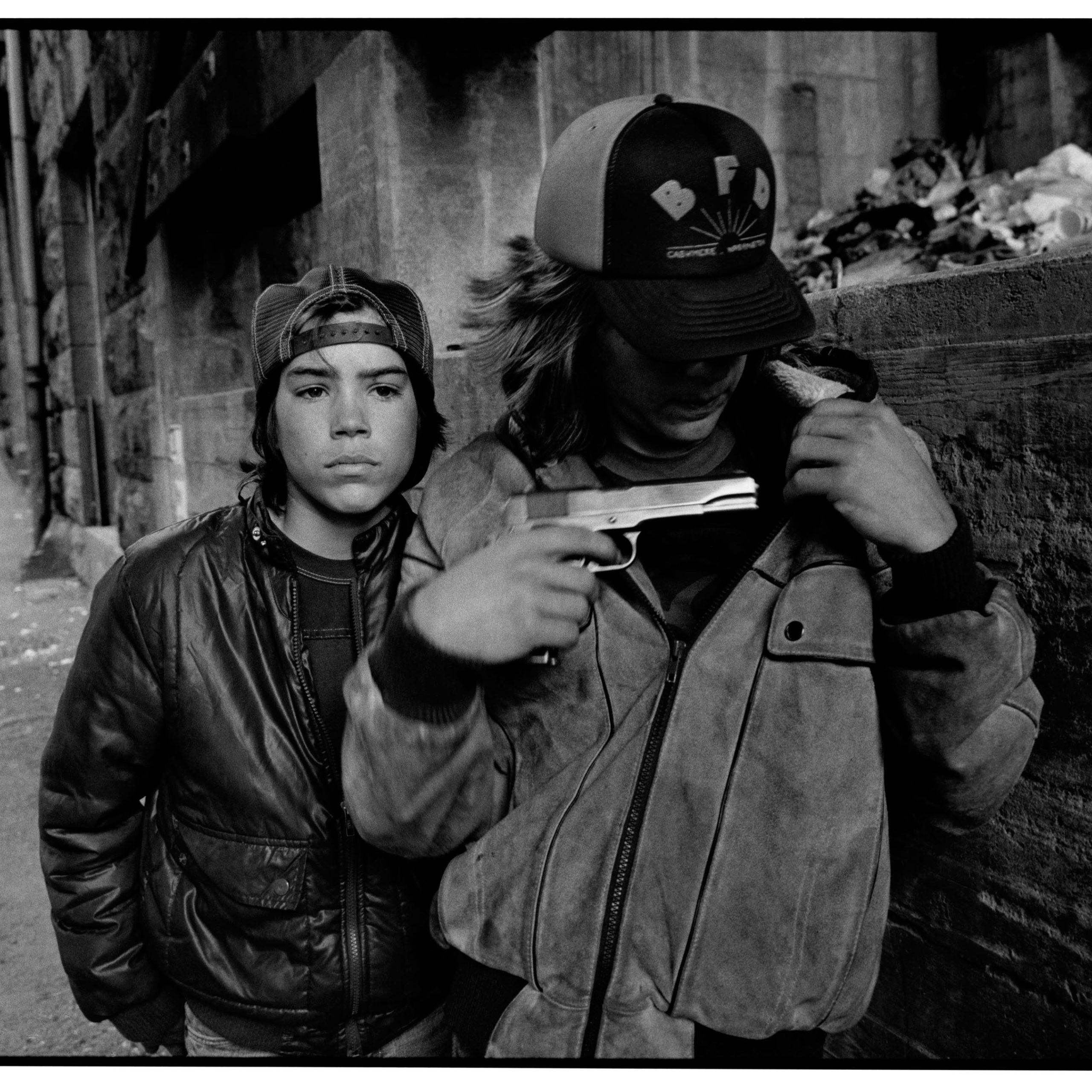
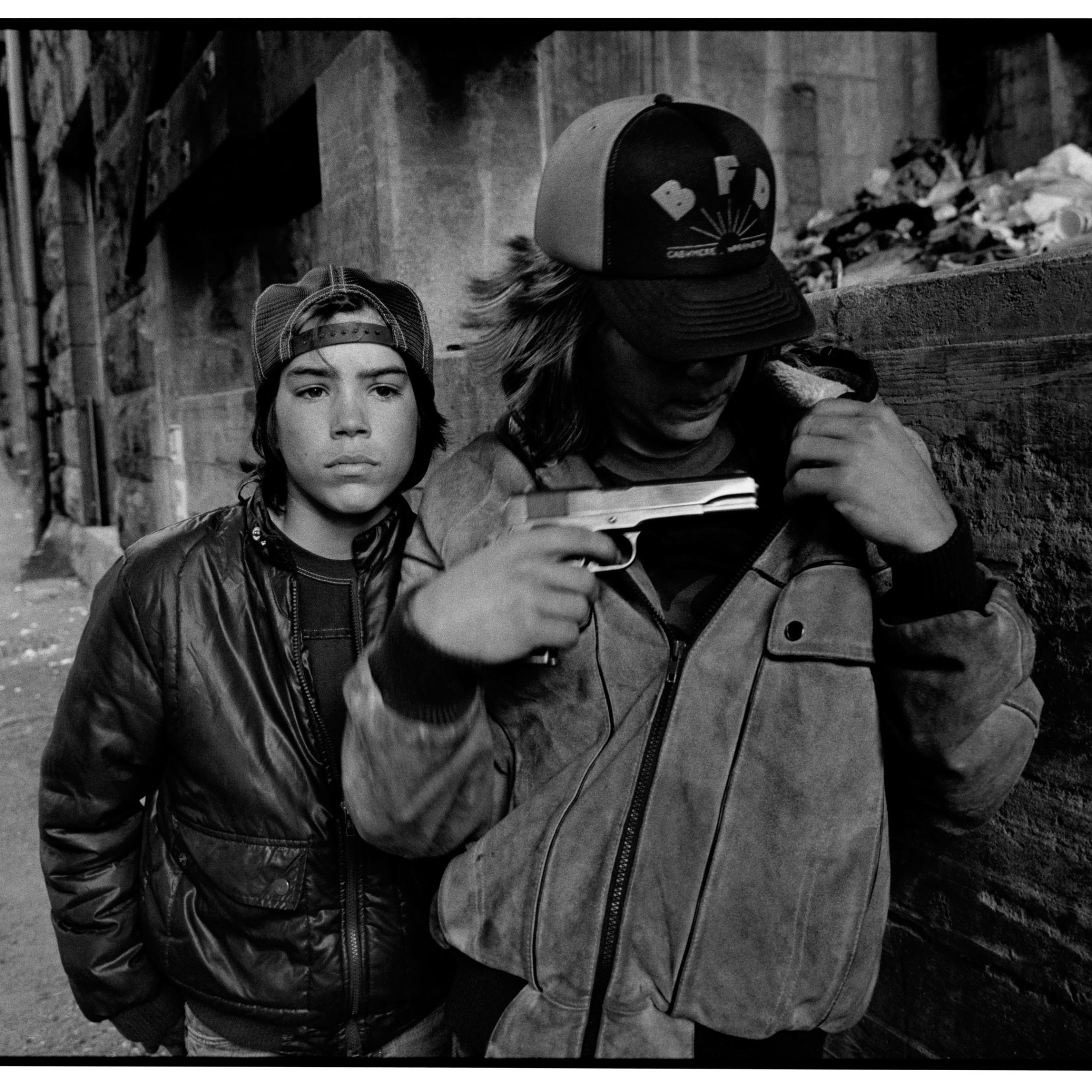
3. Two kids and a gun.
This image is the fruit of the long term project initiated by Mary Ellen Mark in 1983 on behalf of Life magazine: to follow runaways and, more generally, street children. Among them was Erin Blackwell, a young prostitute nicknamed Tiny, whose stolen childhood was dumped on the streets of Seattle at a very early age. For thirty years, the photographer followed the girl whose gaze never reflected her age: “I’m interested in reality, I’m interested in survival,” she explained, “I’m interested in those who were unlucky and I tell their story.” As for Rat and Mike, the two kids with a gun, they were just… there. “They were part of the set,” Mary Ellen Mark told Snatch magazine, “all of a sudden they appear in front of you and that’s why you choose them.”
3. Two kids and a gun.
This image is the fruit of the long term project initiated by Mary Ellen Mark in 1983 on behalf of Life magazine: to follow runaways and, more generally, street children. Among them was Erin Blackwell, a young prostitute nicknamed Tiny, whose stolen childhood was dumped on the streets of Seattle at a very early age. For thirty years, the photographer followed the girl whose gaze never reflected her age: “I’m interested in reality, I’m interested in survival,” she explained, “I’m interested in those who were unlucky and I tell their story.” As for Rat and Mike, the two kids with a gun, they were just… there. “They were part of the set,” Mary Ellen Mark told Snatch magazine, “all of a sudden they appear in front of you and that’s why you choose them.”

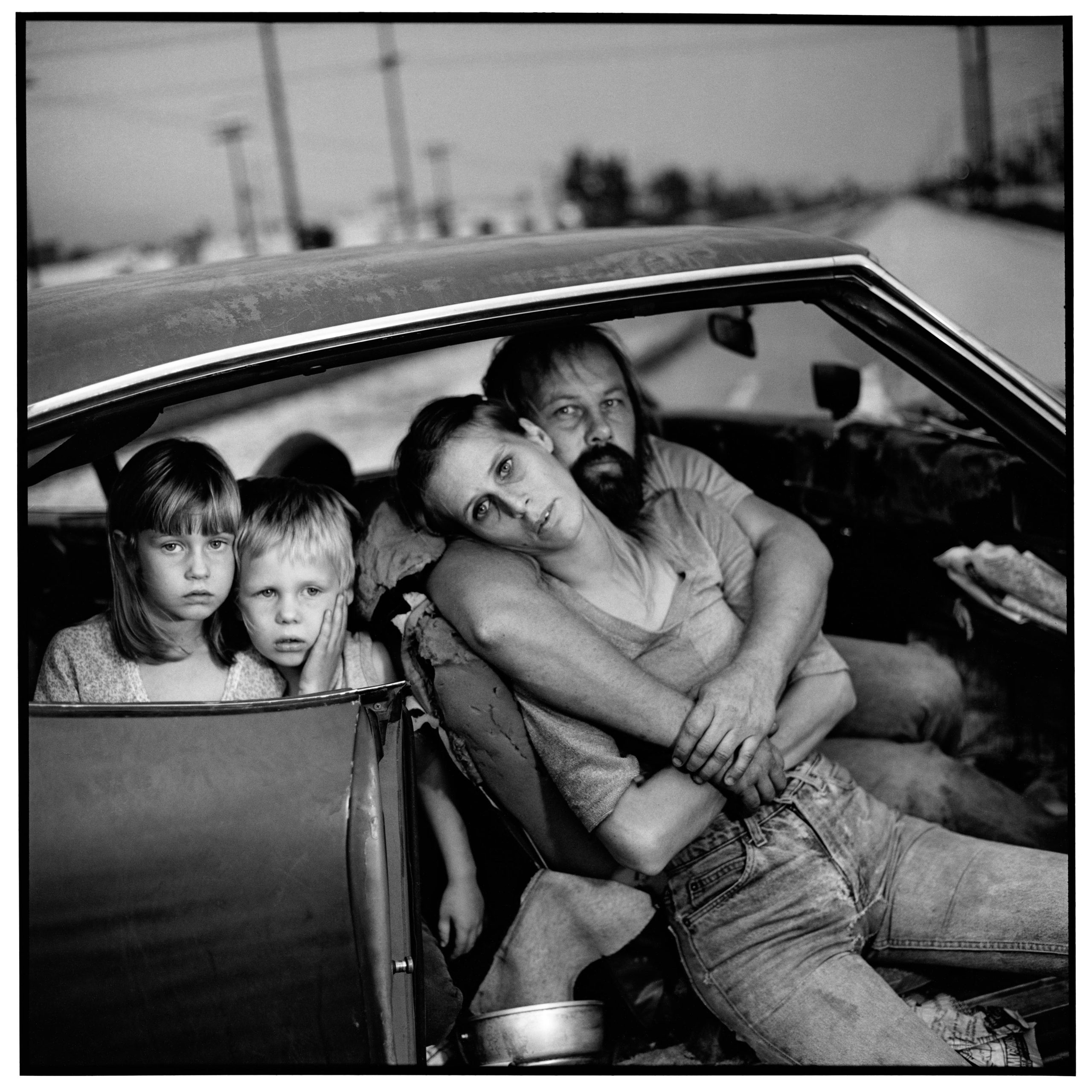
4. Just an ordinary family…
Here it’s right to focus on the atypical framing of the image: a square that encloses the protagonists of the picture, incarcerated in the car that also serves as their home. This family, exuding pain and despair, is the Damm family, photographed in 1987 by Mary Ellen Mark, who, as a perfect photojournalist, always sought to capture things “as they are”. A new commission from Life magazine, this image shows a homeless family in search of recognition, who agreed to have the photographer follow them around for several days. The American took them at their word and arrived at the motel where they’d taken refuge in California at four in the morning…
4. Just an ordinary family…
Here it’s right to focus on the atypical framing of the image: a square that encloses the protagonists of the picture, incarcerated in the car that also serves as their home. This family, exuding pain and despair, is the Damm family, photographed in 1987 by Mary Ellen Mark, who, as a perfect photojournalist, always sought to capture things “as they are”. A new commission from Life magazine, this image shows a homeless family in search of recognition, who agreed to have the photographer follow them around for several days. The American took them at their word and arrived at the motel where they’d taken refuge in California at four in the morning…
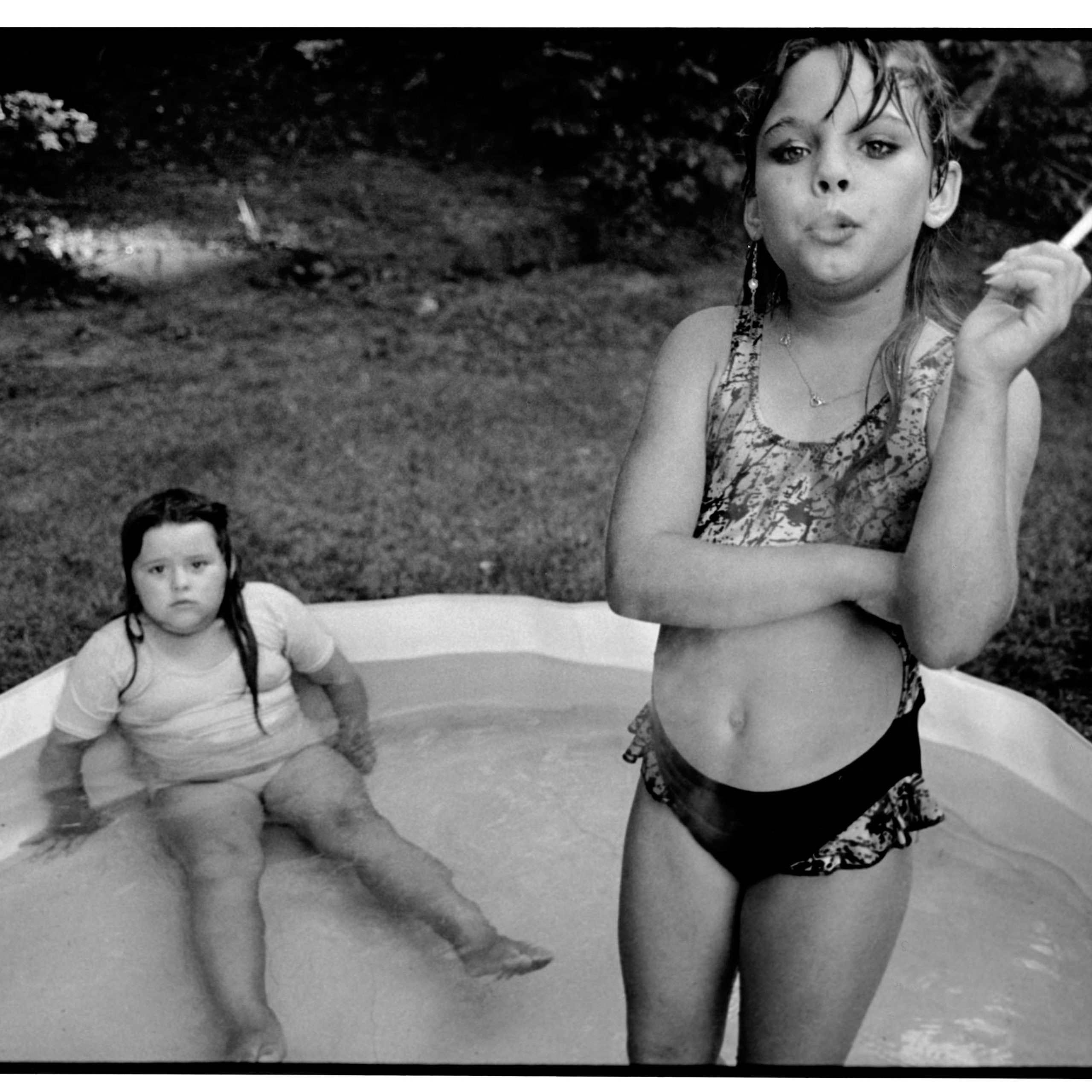
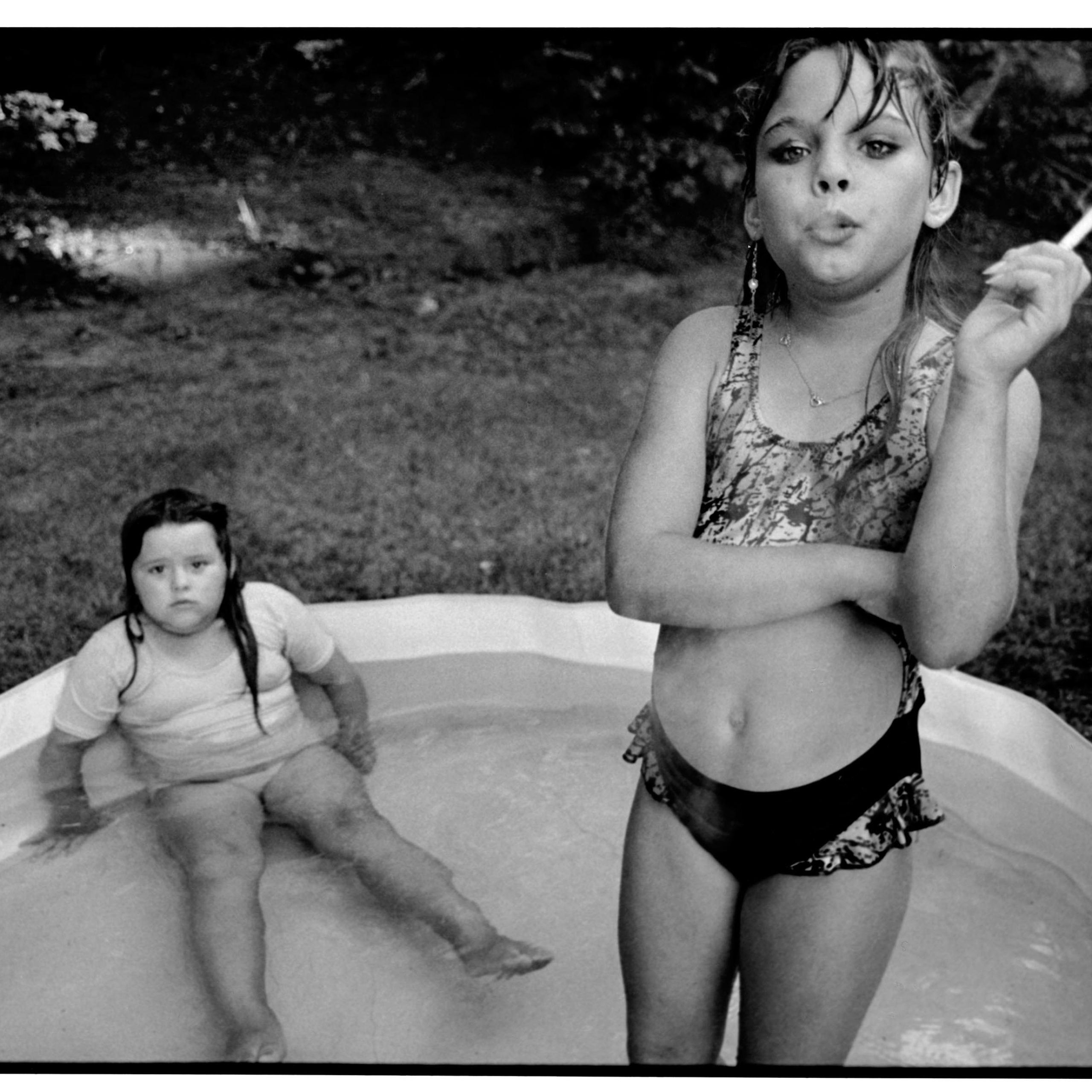
5. Little girls, smoking and swimming.
Mary Ellen Mark always used silver halide photography, fascinated by the film, the prints and the black and white. She occasionally veered into Polaroid… Over time, she lost interest in the magazines whose publications were too uniform, too retouched, too artificial. But in 1990, she signed a new wide-angle series of portraits for Life about children with problems: on the right, Amanda, a nine-year-old girl with a cigarette in her hand and smoke coming out of her mouth. According to the photographer, she was “adorable”.
Mary Ellen Mark: The Book of Everything. Steidl.
Edited by Martin Bell, 880 pages, 624 images.
5. Little girls, smoking and swimming.
Mary Ellen Mark always used silver halide photography, fascinated by the film, the prints and the black and white. She occasionally veered into Polaroid… Over time, she lost interest in the magazines whose publications were too uniform, too retouched, too artificial. But in 1990, she signed a new wide-angle series of portraits for Life about children with problems: on the right, Amanda, a nine-year-old girl with a cigarette in her hand and smoke coming out of her mouth. According to the photographer, she was “adorable”.
Mary Ellen Mark: The Book of Everything. Steidl.
Edited by Martin Bell, 880 pages, 624 images.
